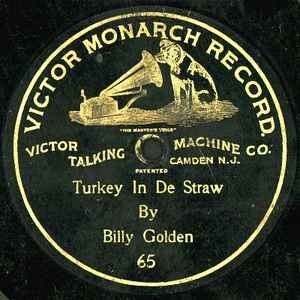We Can’t Dance |
 |
Released: October 28, 1991 Peak: 4 US, 12 UK, 5 CN, 8 AU Sales (in millions): 4.0 US, 1.5 UK, 17.3 world (includes US and UK) Genre: mainstream rock |
Tracks: Song Title [time] (date of single release, chart peaks) Click for codes to singles charts.
All songs written by Banks, Collins, and Rutherford. Total Running Time: 71:30 The Players:
|
Rating: 3.279 out of 5.00 (average of 25 ratings)
Awards: (Click on award to learn more). |
About the Album: Depending on the reviewer, We Can’t Dance is either “another set of crisply proficient, bummed-out pop songs” BL much like Genesis’ ‘80s fare, or “a return to earlier aesthetics for Genesis.” AMG All Music Guide reviewer Geoff Orens also says that We Can’t Dance is “edgier with more prominent guitars and live drums than on Invisible Touch” AMG and “the band’s strongest musical statement in over a decade. With Driving the Last Spike,” AMG which is a “10-minute suite about English railway workers,” BL “and the dark Dreaming While You Sleep the group revisited one of their forgotten strengths, telling extended stories.” AMG “That’s not to say the album is a return to The Lamb Lies Down on Broadway or Trick of the Tail. Indeed, while there are several extended pieces on the record, there is none of the eccentricities, odd meters, or extended virtuoso solos of the band’s progressive heyday. The album’s closer, Fading Lights, comes the closest, featuring an outstanding instrumental mid-section.” AMG Orens and Blender reviewer Jon Pareles agree on the quality of the ‘Spike’ song, but Pareeles calls it “a rare sign of initiative on an album that clearly boils down to singles-plus-filler” BL in which “the songs are neatly made, but even the better ones come across like reruns.” BL Orens would conceed that the record “contains some gutless ballads and peons for world understanding that sound miles away from any immediacy.” AMG A couple of those, Hold on My Heart and Never a Time, were hits that sounded like they came right off one of Phil Collins’ adult-contemporary-oriented solo albums. However, Orens says “the surprisingly gritty singles No Son of Mine, Jesus He Knows Me, and I Can’t Dance help make up for the album’s weaker moments.” AMG
|
Resources and Related Links:
Other Related DMDB Pages: First posted 3/18/2008; last updated 9/22/2021. |










